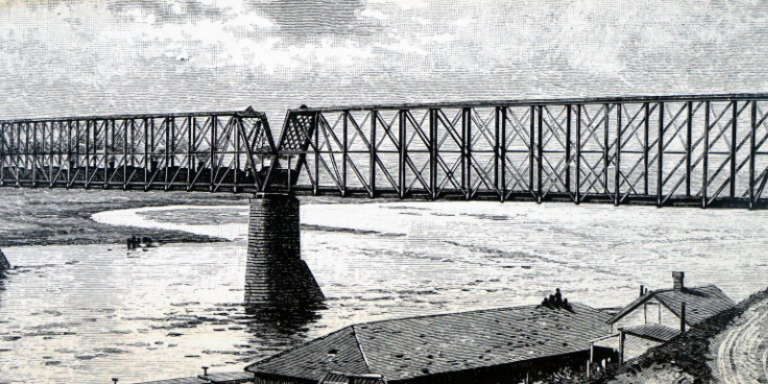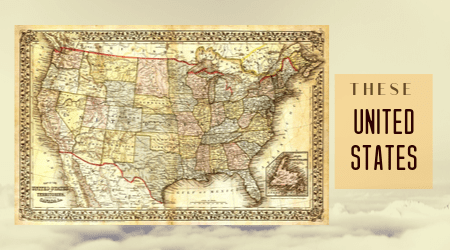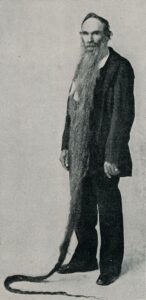Missouri: The Unwilling Slave State
Thanks to the Missouri Compromise, this state entered the Union as slave, despite most residents being anti-slavery.
By: Kelli Ballard | June 30, 2020 | 445 Words

Truss Bridge over the Missouri River (Photo by Universal History ArchiveUniversal Images Group via Getty Images)
Missouri, the “Show Me State,” was named after the tribe Missouris. The first European explorers showed up in 1673 when Father Jacques Marguette and Louis Joliet visited and provided the first written accounts of the area. It would be nearly a century, though, before any permanent settlements were made.
In the mid-1730s, the French settled in Ste. Genevieve. In 1764, St. Louis was established as a fur trading post. By this time, Spain had control of the area, but in 1802, it gave the area (known as the Louisiana Territory) back to France in a secret treaty. French miliary leader Napoleon Bonaparte sold it to the United States the following year for $15,000,000.
In 1812, Missouri was officially recognized as a territory, and on August 10, 1821, it joined the Union as the 24th state.
 The Missouri Compromise of 1820 allowed Missouri to be admitted as a slave state while Maine joined as a free state. Most Missourians did not believe in the institution of slavery, and when the Civil War broke out, the majority fought for the Union. At first, citizens wanted to stay out of the war, but Claiborne Fox Jackson, the governor, was pro-southern and tried to align the state with the Confederacy.
The Missouri Compromise of 1820 allowed Missouri to be admitted as a slave state while Maine joined as a free state. Most Missourians did not believe in the institution of slavery, and when the Civil War broke out, the majority fought for the Union. At first, citizens wanted to stay out of the war, but Claiborne Fox Jackson, the governor, was pro-southern and tried to align the state with the Confederacy.
The Missouri Mormon War
The 1830s saw the Mormon population rising as they banded together and sought to settle in various locations in the state. For religious reasons, they thought they were destined to inherit the land from the existing settlers. Conflicts arose between the religious group and the non-Mormons. Fights and even battles broke out.
One day, a legally sanctioned militia was attacked by Mormons who mistook it for an anti-Mormon mob. On October 27, 1838, the governor, Lilburn Boggs, was so infuriated, he issued an “Extermination Order.” The order declared members of the Mormon Church as enemies and demanded that they must be exterminated or removed from the state.

Valentine Tapley (Photo by Print Collector/Getty Images)
Interesting Facts
- Missouri farmer Valentine Tapley really did not care for Abraham Lincoln. He vowed that if Lincoln became president, he would never again shave. He kept his promise and ended up with a beard that was 12-foot six-inches long when he died in 1910.
- President Harry S. Truman was born in Lamar and was the first Missourian to become commander in chief.
- Built in 1965 to commemorate settling the west after President Thomas Jefferson’s Louisiana Purchase, the Gateway Arch in St. Louis is the nation’s tallest man-made monument, standing 630 feet.
- Mark Twain was born and raised in the Show Me State. His book, The Adventures of Tom Sawyer, was inspired by his experience as a riverboat pilot on the Mississippi River.
















